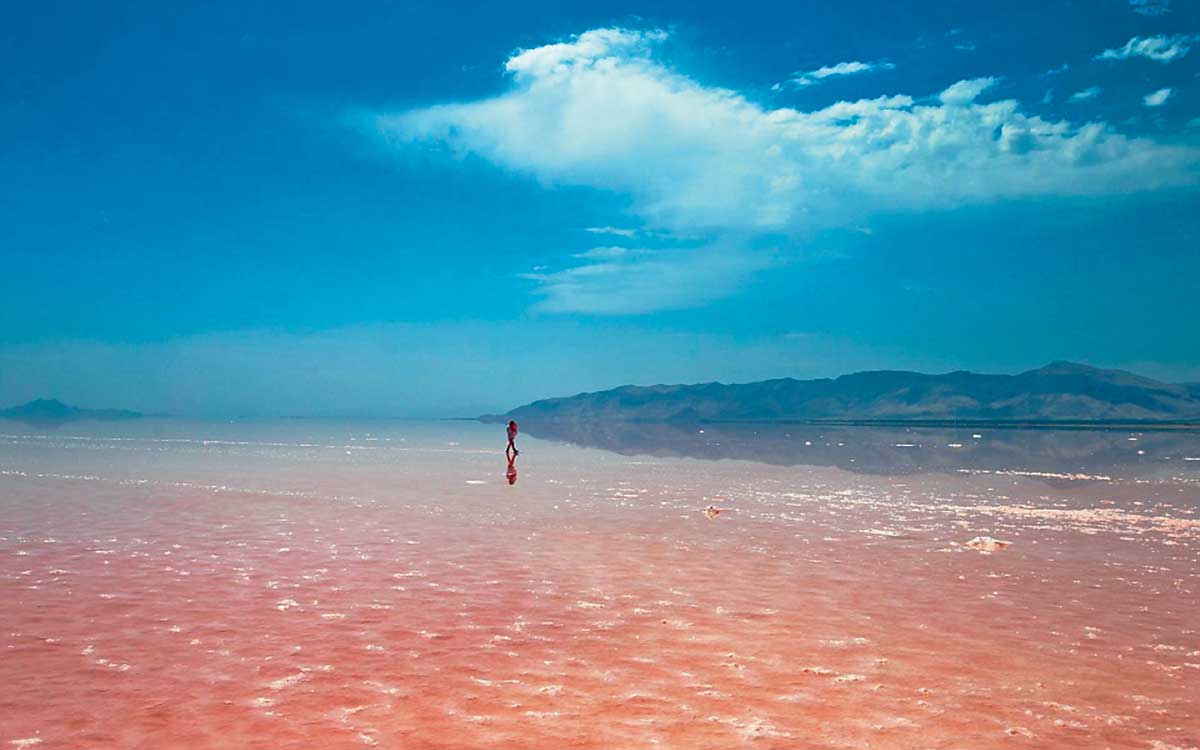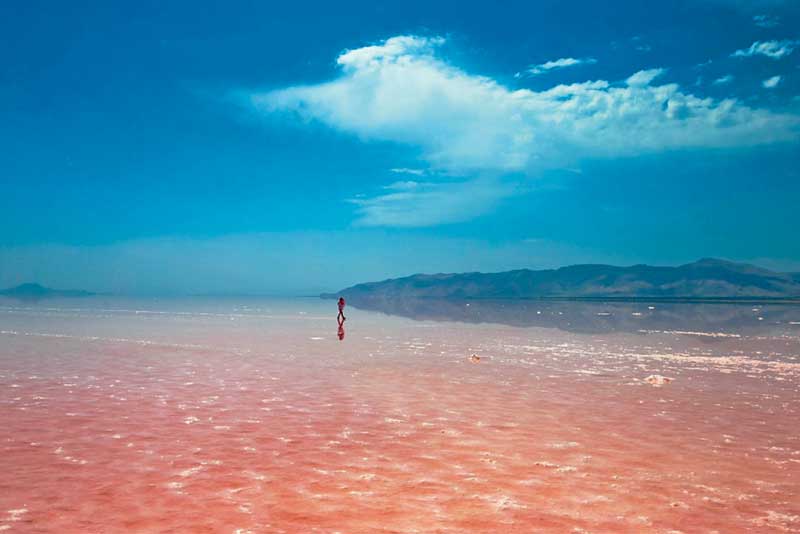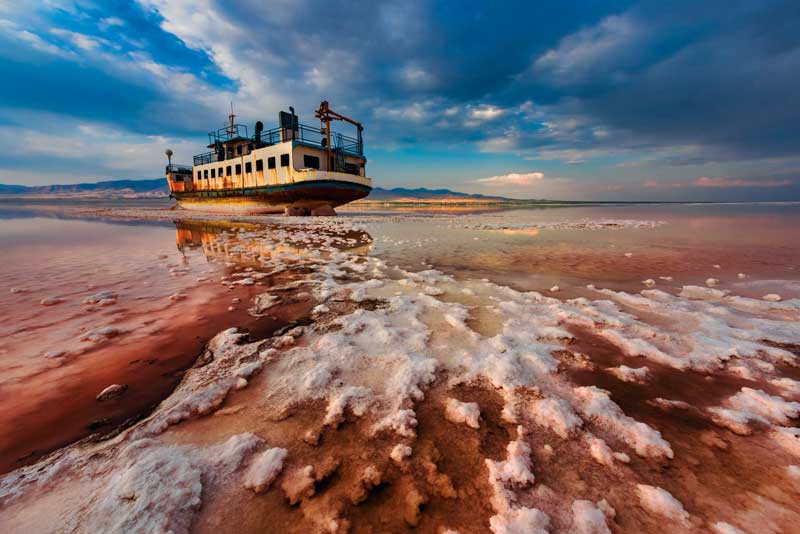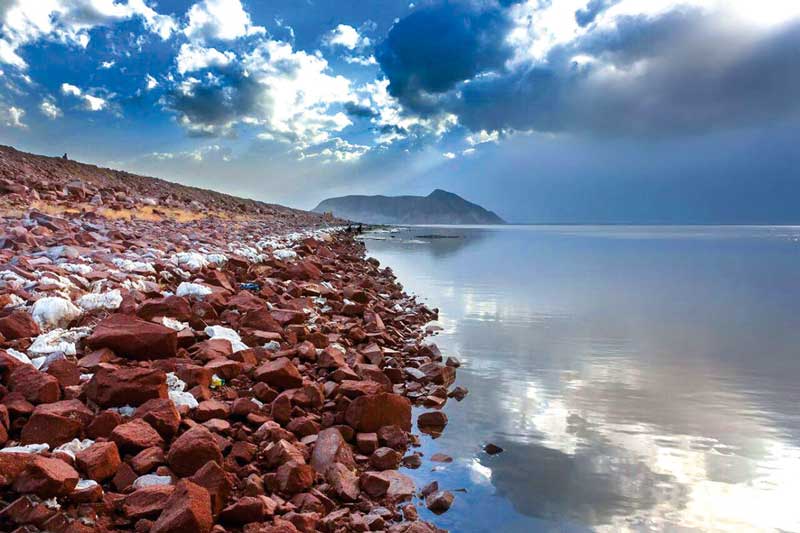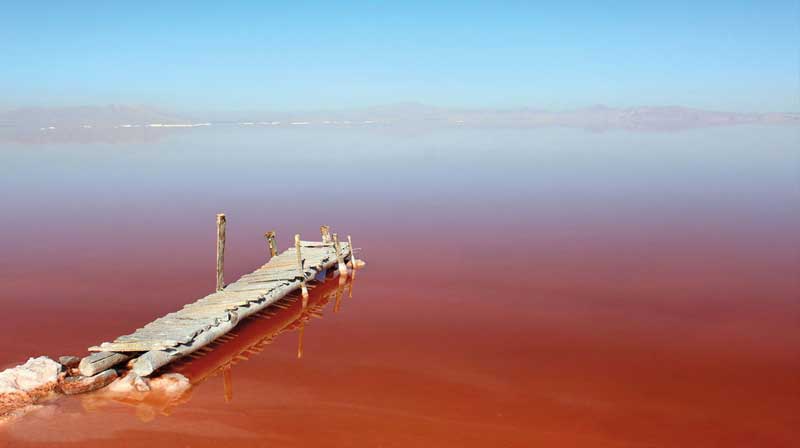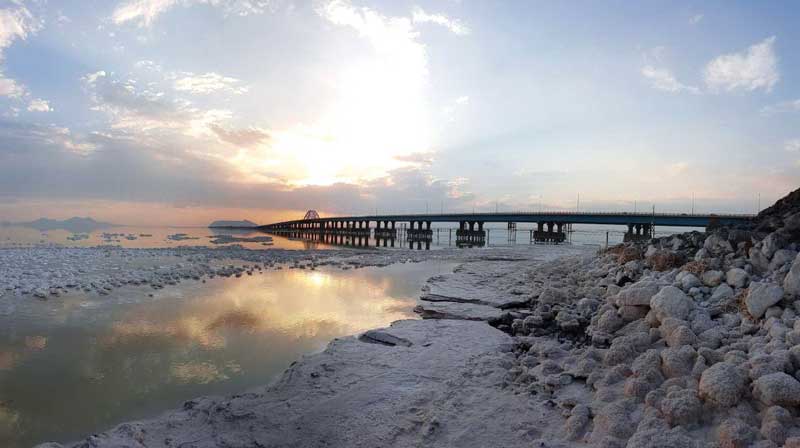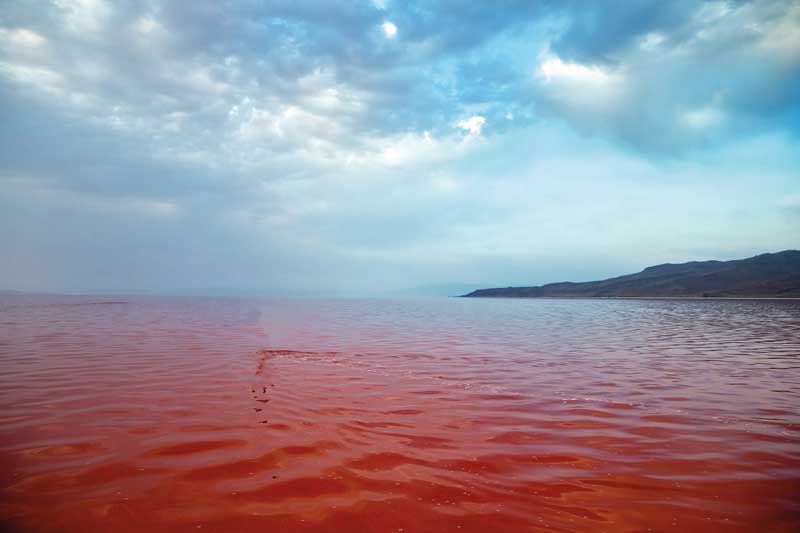The Iranian Dead Sea Comes Back to Life
The saline lakes of the world are drying. For scientists and experts this is an alarming fact, and they are constantly working to come up with solutions to combat climate change and human intervention, which rapidly devastate the environment. What the rest of us don’t realize most of the time is the negative effects that these events can have on us humans, as well as wildlife, and the wellbeing of the planet.
Lake Urmia in Iran, a UNESCO Biosphere Reserve, was once the second largest saline lake in the world; now it has been reduced 90% of its original size in a matter of just a few decades. Its loss of water flow is attributed to changes in precipitation and temperatures, plus water usage for farming and dams. The desiccation of a lake means no habitat for migrating birds and marine life, lakebeds that can cause dust storms, which in turn can cause respiratory diseases for nearby residents and affect farming, in addition to loss of minerals, which are a major economic benefit along with fishing.
Lake Urmia has already experienced some of these consequences. Its level of salinity has increased dramatically, killing fish that are crucial for the survival of birds like pelicans and flamingos. Excess of salinity is also detrimental for plants, creating harsh conditions to live in for locals. In 2016, Lake Urmia captivated the world when it shed its usually green hue and turned red. However beautiful this sight might be, the transformation is further testament of the changes the lake undergoes constantly. The increased salinity caused the Dunaliella salina algae that grow in the lake to multiply and produce carotenoids to absorb light—this process turns the water red.
Is all lost? Not necessarily. Water blockage by dams can be reduced and water management can be improved. The government has to work together with the communities to prevent unnecessary waste of water, and international support is essential to make it possible.
Lake Urmia is located between the provinces of East Azerbaijan and West Azerbaijan in Iran, and has a maximum length of 140 km, a surface area of 5,200 km2 and a maximum depth of 16 m. It is one of the many natural treasures in Iran, and its preservation is important to restore the benefits it has for human and wildlife survival. In recent years, it has been reported that the lake has recovered part of its volume compared to its most critical conditions in 2014. There is still much to be done to restore Lake Urmia to its former glory, and prevent more salt lakes from becoming extinct.
Text: Ashanti Rojano ± Photo: Gulf Insider / el Semario / Irán Cultura / AT / Irán Cultura / Tabriz / PNT

